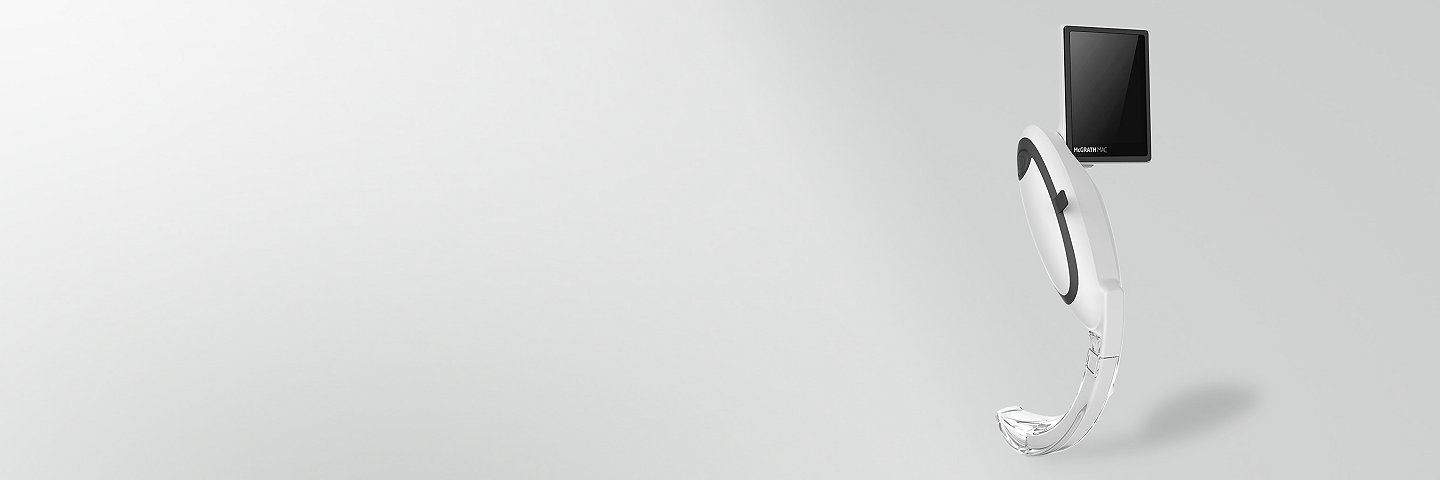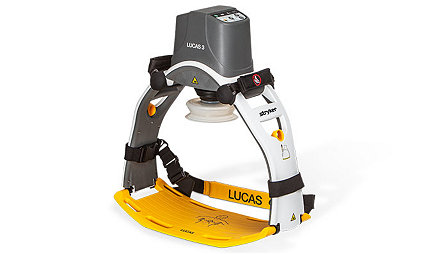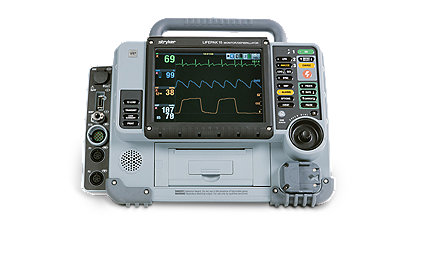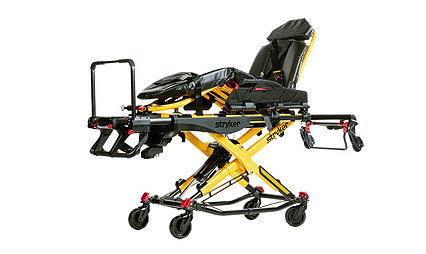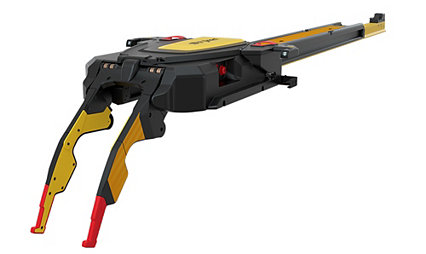Simple and durable
Built tough for EMS and designed to reinforce paramedics’ direct laryngoscopy skills, the McGRATH MAC video laryngoscope offers EMS providers an easy-to-implement, cost-effective solution to improve visualization and airway management.
KEY BENEFITS
Helping protect you and your patients during intubation
Video laryngoscopy supports first-attempt success of airway intubation. Research shows video laryngoscopy can help prevent clinician exposure to droplet-borne pathogens and further improve your safety.3 Recent guidelines highlight the risks of contracting COVID-19 among those caring for infected patients.3 The guidelines recommend airway management clinicians take precautions to further protect against droplet-borne pathogens.3 The McGRATH™ MAC video laryngoscope is proven to improve first time success rate,1,2 reduce time,5 and lessen hemodynamic response to intubation6 when compared to the traditional direct visualization technique.1,2,5
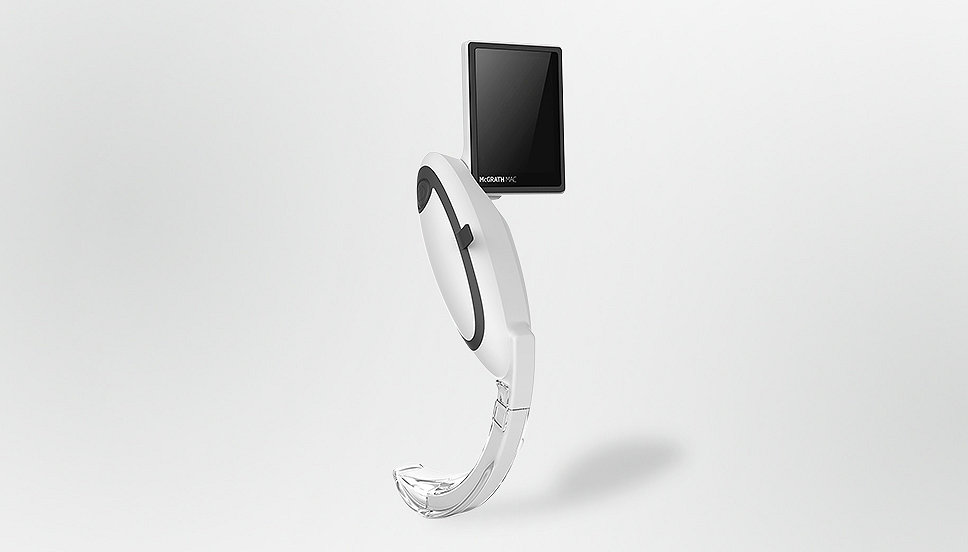
Proven technology
The next-generation McGRATH MAC video laryngoscope is an enhanced, more robust device designed for routine use in fast-paced hospital and EMS environments. The latest design offers:
- Enhanced optics
- Increased durability
- Intelligent battery management
Evolving a familiar technique
The McGRATH MAC video laryngoscope combines line-of-sight video from its portrait display with the familiar Macintosh technique, so you retain your traditional laryngoscopy skills.
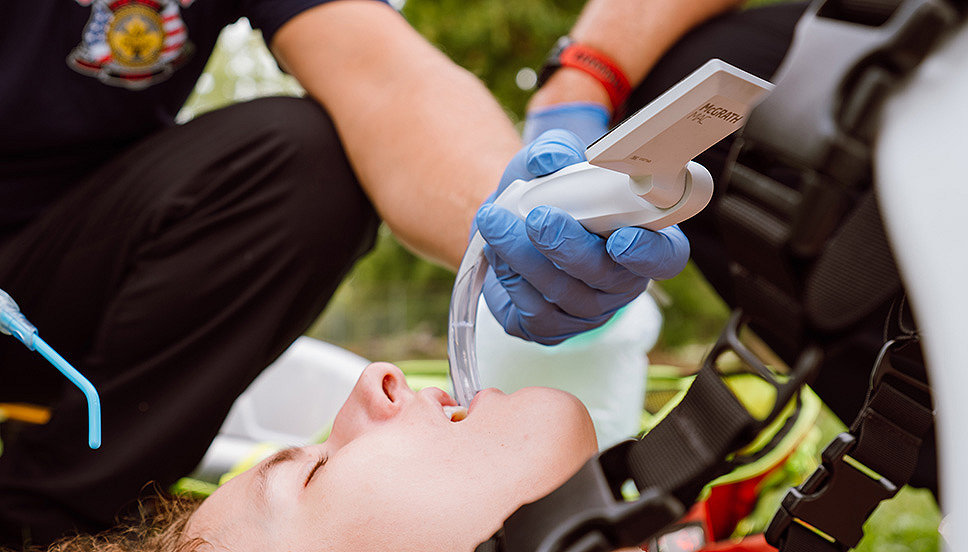
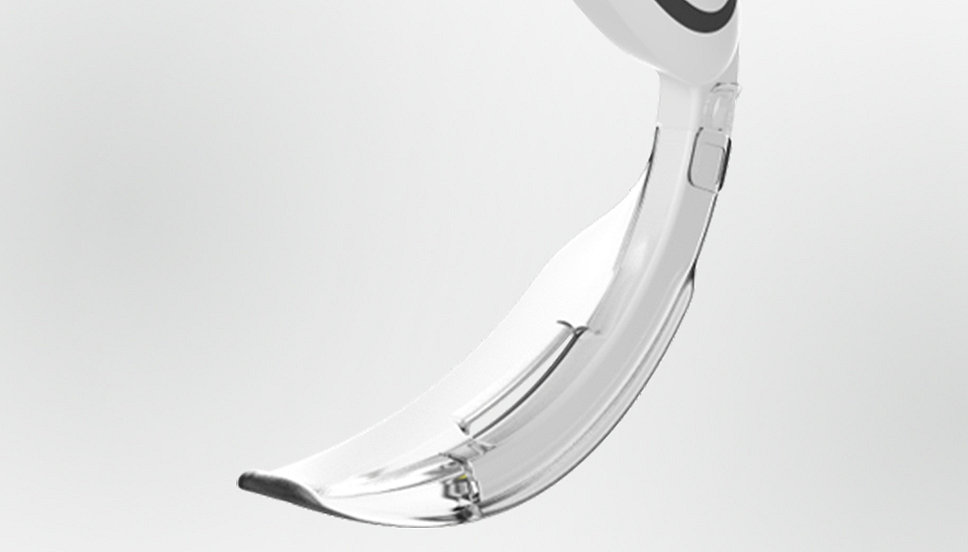
Simple. Smart. Versatile.
- Minute-by-minute battery indication and auto-off optimize battery life
- One handle has multiple blade options
- Use for pediatric and adult patients for both routine and extreme airways6,7
See clearly. Every time.
- 2X light spread
- 3X brighter camera
- 4X the resolution
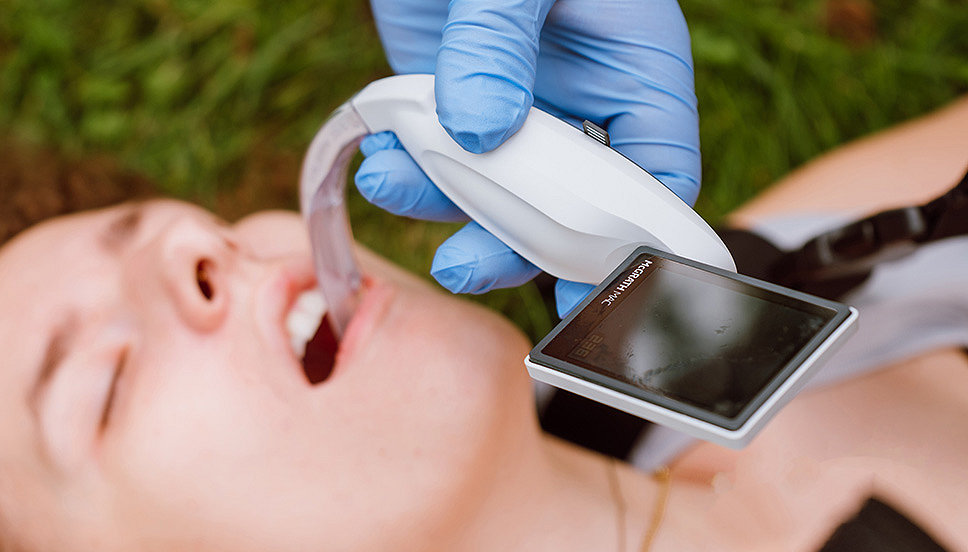
Interested in learning more? Connect with an expert.
Have feedback about Stryker’s products and services? Visit our product experience page to connect with us.
M0000014366 REV AA
SERVICE AND SUPPORT
Robust support for your team
Technical support
We'll work with you to quickly assess your situation and find the best solution.
ProCare service plans
Focus on saving lives while extending the integrity of your devices with a ProCare service plan.
Product resources
Find a variety of documents including best practices, datasheets and clinical information for easy download.
Training and education
Discover webinars, online and in-person courses and other resources to strengthen your clinical education.
1. Kriege M, Alflen C, Tzanova l, et al. Evaluation of the McGrath MAC and Macintosh laryngoscope for tracheal intubation in 2000 patients undergoing general anaesthesia; the randomized multicenter EMMA trial study protocol. BMJ Open. 2017; 7;e016907.
2. Kleine-Brueggeney M, Greif R, Schoettker P, Savoldelli GL, Nabecker S, Theiler LG. Evaluation of six videolaryngoscopes in 720 patients with a simulated difficult airway: a multicentre randomized controlled trial. British journal of anaesthesia. 2016;116(5):670-679.
3. Cook TM, El-Boghdadly K, McGuire B, McNarry AF, Patel A, Higgs A. Consensus guidelines for managing the airway in patients with COVID-19: Guidelines from the Difficult Airway Society, the Association of Anaesthetists the Intensive Care Society, the Faculty of Intensive Care Medicine and the Royal College of Anaesthetists. Anaesthesia. 2020;75(6):785–799.
4. Hall D, Steel A, Heij R, Eley A, Young P. Video laryngoscopy increases 'mouth-to-mouth' distance compared with direct laryngoscopy. Anaesthesia. 2020;75(6):822–823.
5. Alvis BD, Hester D, Watson D, Higgins M, St Jacques P. Randomized controlled trial comparing the McGRATH MAC video laryngoscope with the King Vision video laryngoscope in adult patients. Minerva anestesiologica. 2016;82(1):30-35.
6. Gaszyński T. Comparison of the glottic view during video-intubation in super obese patients: a series of cases. Ther Clin Risk Manag. 2016;12:1677-1682.
7. Szarpak L, Truszewski Z, Czyzewski L, et al. A comparison of the McGRATH™ MAC and Macintosh laryngoscopes for child tracheal intubation during resuscitation by paramedics. A randomized, crossover, manikin study. Am J Emerg Med. 2016;34(8):1338-41.
M0000009613 REV AB

